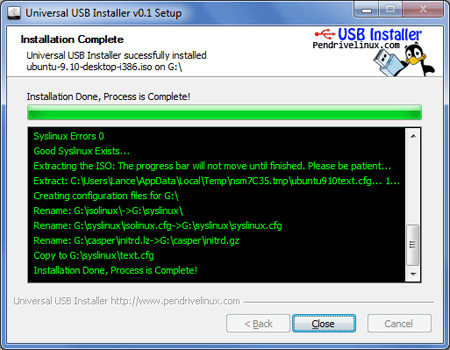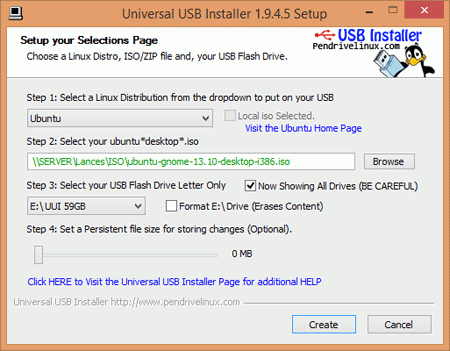
Added download link for Rufus 3.22 Beta.It is also marginally faster on the creation of Linux bootable USB from ISOs. For instance it's about twice as fast as UNetbootin, Universal USB Installer or Windows 7 USB download tool, on the creation of a Windows 7 USB installation drive from an ISO. Non exhaustive list of ISOs Rufus is known to work with:Īrch Linux, Archbang, BartPE/pebuilder, CentOS, Damn Small Linux, Fedora, FreeDOS, Gentoo, gNewSense, Hiren's Boot CD, LiveXP, Knoppix, Kubuntu, Linux Mint, NT Password Registry Editor, OpenSUSE, Parted Magic, Slackware, Tails, Trinity Rescue Kit, Ubuntu, Ultimate Boot CD, Windows XP (SP2 or later), Windows Server 2003 R2, Windows Vista, Windows 7, Windows 8, Windows 10, Windows 11, etc. you need to flash a BIOS or other firmware from DOSĭespite its small size, Rufus provides everything you need!.you need to work on a system that doesn't have an OS installed.you need to create USB installation media from bootable ISOs (Windows, Linux, UEFI, etc.).It can be especially useful for cases where: Alternatively, go to Settings > Change PC settings > Update and Recovery > Recovery > Advanced Startup: Restart now, and then upon restarting go to Troubleshoot > Advanced Options: UEFI Firmware Settings.Rufus is a small utility that helps format and create bootable USB flash drives, such as USB keys/pendrives, memory sticks, etc. To access the BIOS settings from Windows, hold the key while selecting Restart and go to Troubleshoot > Advanced Options: UEFI Firmware Settings. The manual that came with your motherboard can provide further clues, or you can try exploring all the sub-menus of the BIOS yourself. Some keyboards may require holding down the key too. Typical keys for entering the boot selection screen are, ,, or. You can refer to University of Wisconsin Division of Information Technology's knowledge base page for your particular manufacturer's board on how to enter the BIOS settings on various motherboards during boot.

Since there's no consistency between motherboard manufacturers, no step-by-step instructions can be provided. However, sometimes Legacy (or MBR as it's sometimes referred to) is the only option, depending on the motherboard. If this is the case and you only see a blank screen, it is instead a display issue.īatocera should boot fine with UEFI, if that option appears you should select that. The SSH server is live and it is possible to log into it.

Write themes for batocera-emulationstation.Redirect upgrades from any board to my own builds.Latency reduction and optimizing performance.Raspberry Pi: Add power buttons/switches.Sync files across multiple devices (Syncthing).PCman built-in file manager (for Xorg-powered devices).


 0 kommentar(er)
0 kommentar(er)
